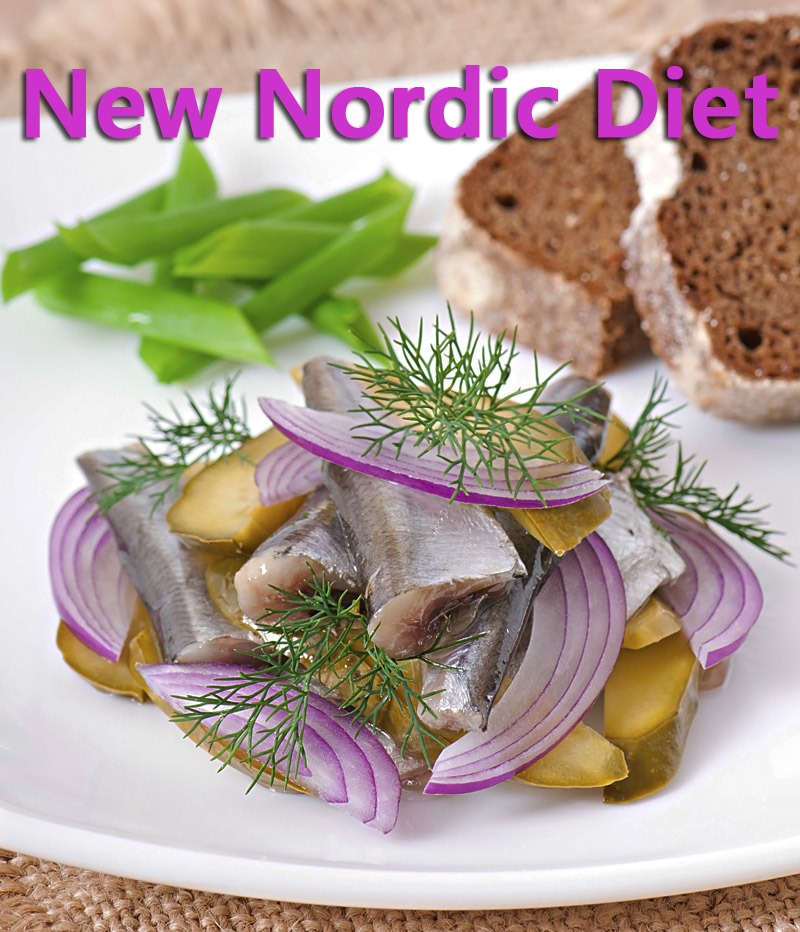
Nordic diet, also called New Nordic Diet to distinguish it from the traditional Nordic diet, is a diet based on foods originating from the Nordic countries that includes Denmark, Finland, Iceland, Norway and Sweden and their associated territories.
Nordic diet is considered to help improve blood lipid profile and insulin sensitivity, and lower blood pressure and body weight in overweight people.
Although the focus of the New Nordic Diet is to reduce cardiovascular disease, this diet may also help prevent the onset of metabolic syndrome that includes obesity and type-2 diabetes. It may be beneficial in preventing certain cancers as well.
The New Nordic Diet is based on three fundamental guidelines:
- Obtaining more calories from plants and fewer from meat. Although high protein intake can reduce the risk of several diseases, particularly in sedentary and overweight people, meat is among the least environmentally friendly foods, so more environmentally friendly protein sources, with greater health benefits, are preferred in this diet. Replacing some of the meat we eat with plant foods would lead to a reduction in the intake of saturated fat and increased intakes of unsaturated fats, dietary fibers, vitamins and minerals. Again plant foods are low in calories, so we can eat larger amounts while lowering the energy density yet ensuring satiety.
- Obtaining more foods from the sea and lakes. Fish and shellfish contain high amounts of protein and an increased intake may help to prevent weight gain and obesity, type 2 diabetes, and age-related reduction in muscle mass in the elderly. Different species of fish and shellfish contain different amounts of vitamins, minerals and fatty acids. So alternate between fatty and lean species, in order to get the full health benefits while minimizing risks of toxicity from heavy metal (such as mercury) pollution.
- More foods from the wild countryside. Foods such as mushrooms, berries, fruits and meat foraged from the wild are interesting because of their possible health potential. Wild plants have higher contents of vitamins C and E, and antioxidants. Some weeds are also very nutritious but use them with caution since they can be toxic. Meat from wild animals and fowl generally contains less fat and has less saturated fat and more polyunsaturated fat, than meat from commercially reared animals. Further, they have significantly higher content of omega-3 fatty acids.
Nordic Diet Food List
• Oily fish
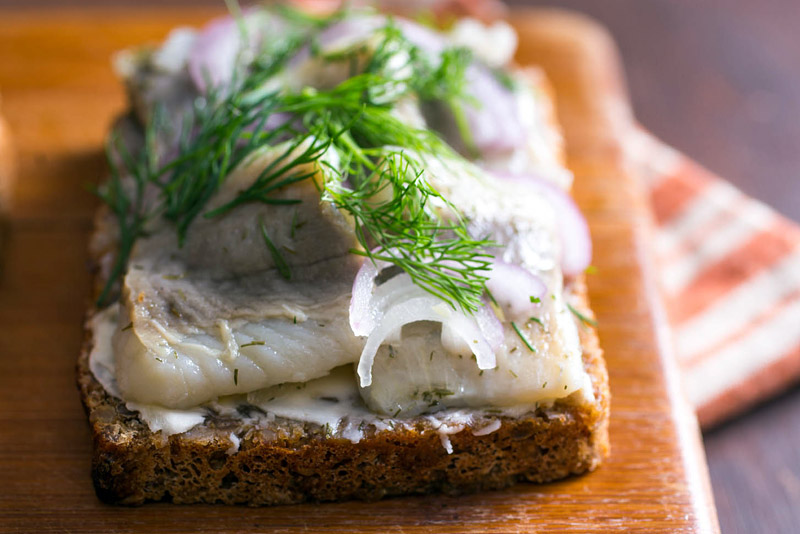
Fatty fish such as salmon, mackerel and herring are rich in omega-3 fatty acids, vitamins and minerals. Omega-3 acids are known to protect against heart disease, control blood sugar and also help brain development.
• Canola oil
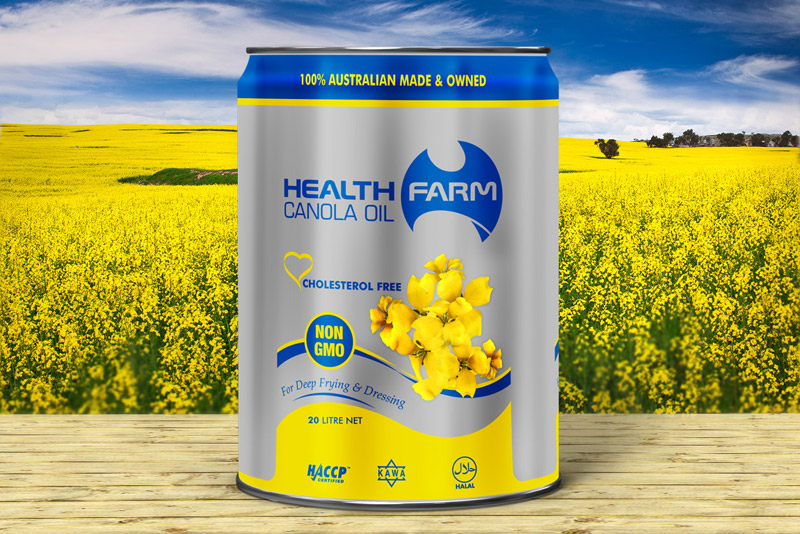
Canola oil, also known as rapeseed oil, is the main cooking oil in Nordic countries. In the Nordic countries, canola oil is used as an alternative to olive oil so preferred in the Mediterranean diet. Although both oils are high in unsaturated fats, canola oil has just 6 percent saturated fat content, compared with 14 percent in olive oil and more than 50 percent in butter. Canola oil is also a good source of vitamin E.
• Berries
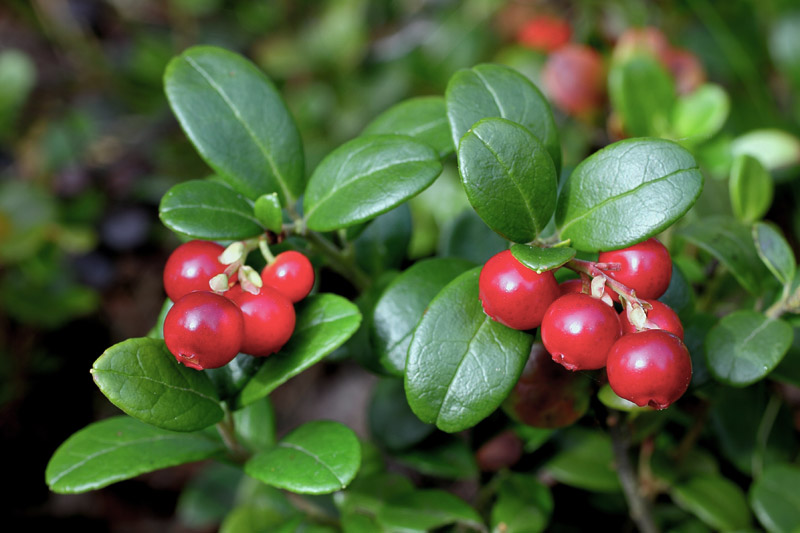
Lingonberries, cloudberries, blueberries, wild strawberries, elderberries, black and red currants are an integral part of Nordic Diet. Nordic countries often add berries to fish and meat dishes, eat it as a fruit and use them in desserts. (See traditional Nordic recipe) All these berries are rich in antioxidants that protect against heart disease, strokes, cancers, and other diseases caused by free radicals.
• Meat

Reindeer and elk are native animals of Nordic region. Venison (meat of any game animal killed by hunting, especially deer) is the preferred meat for the Nordic Diet. This might be hard to get in USA, so you may opt for organic substitutes instead.
• Whole grains
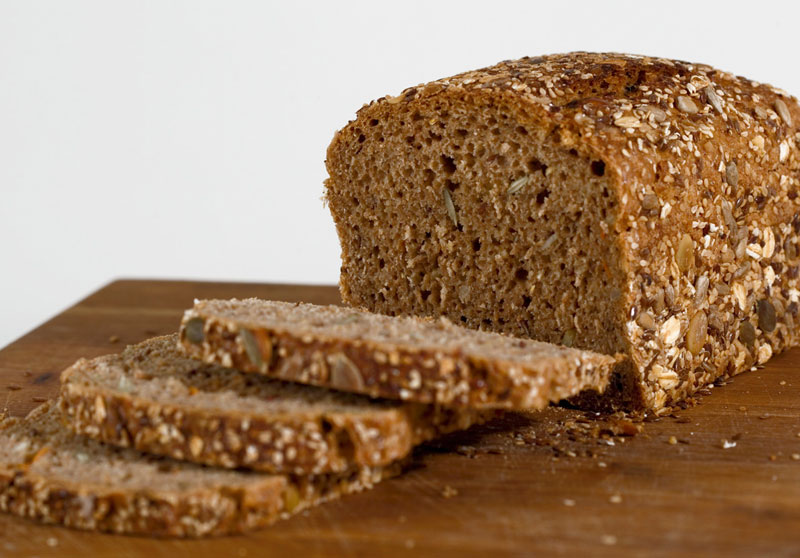
Breads made of whole grain rye low in sodium are advocated. Studies on whole grains have found a significant inverse association between intake of whole grains and risk of cardiovascular disease, type 2 diabetes, cancer, and weight gain or risk of obesity.
• Fruits and vegetables
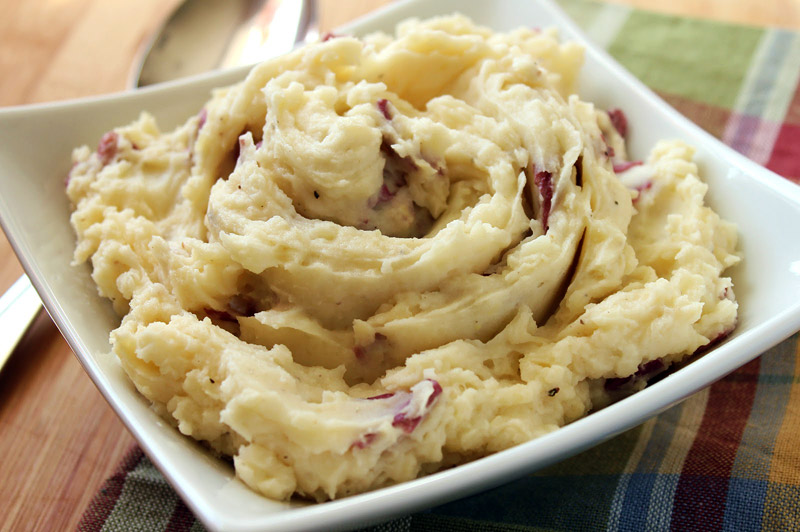
Fruits and vegetables are eaten hot or cold, as snacks, side dish or incorporated into main dish. Potatoes are also eaten boiled. Starchy plant foods like potatoes are an important source of dietary fiber, vitamins B6 and C, folate, iron, potassium, and magnesium.
Following is the list of food items in the Nordic Diet
- Fruits, berries, vegetables: Blueberry, lingonberry, apple, pear, prune, cabbage, cauliflower, Brussels sprouts, broccoli, fennel, spinach, onion, leek, kale, sugar peas, turnip, carrot, parsnip, beetroot
- Potatoes: Mainly boiled
- Nuts: Mainly almonds
- Legumes: Brown beans, yellow and green peas
- Meat and poultry: Beef, pork, lamb, reindeer and sausage, chicken and turkey
- Dairy products: Low fat milk, fermented milk, cheese (less than 17 percent)
- Fish: Herring, mackerel, salmon, and a selection of white fish
- Eggs: Cooked
- Cereals and seeds: Whole grain rye and wheat breads low in sodium. Oat bran rusks, muesli, oatmeal, barley flakes, whole grain pastas, pearled barley and oat instead of rice. Seeds such as linseed, psyllium and sunflower seeds
- Fats and oil: Vegetable oils such as sunflower, linseed and rapeseed oil; vegetable low fat spread and vegetable liquid margarine
- Herbs, spices and beverages: Parsley, dill, mustard, horseradish, vinaigrette, all spices, soy sauce, oat-based non-dairy creamer, potato starch, yeast, low sodium salt, tea, coffee, fruit or vegetable juices
Nordic Diet Benefits
1. The Nordic Diet emphasizes quality of fat and carbohydrate; amount, quality and source of dietary fiber; refined cereals versus whole grain cereals; and the theory of Glycemic Index, thus reducing the risk of metabolic syndrome and additionally helping with weight loss in overweight people
2. Low-temperature cooking methods, such as oven baking and boiling, are the main preparation methods recommended in the Nordic Diet to keep the nutritional value of the foods
3. New Nordic Diet ensures food security without jeopardizing the environment by focusing on:
- locally grown foods to minimize the negative impact of transportation on the environment;
- foods from organic sources;
- including some foods sourced from the wild countryside, thereby encouraging biodiversity and minimizing use of fertilizers and pesticides; and • minimizing waste and utilizing all the food purchased.
4. Nordic diet recommends eating cereals such as rye because they contain slow-digesting fiber, which prevent sharp rises in blood sugar that create food cravings.
5. Since the Nordic Diet is mainly a plant-based diet, where animal products are used sparingly as side dishes, it is favorable for vegetarians seeking to improve their health or reduce weight.
6. By replacing foods with saturated fatty acids to foods with PUFAs, the Nordic Diet reduces the risk of cardiovascular disease.


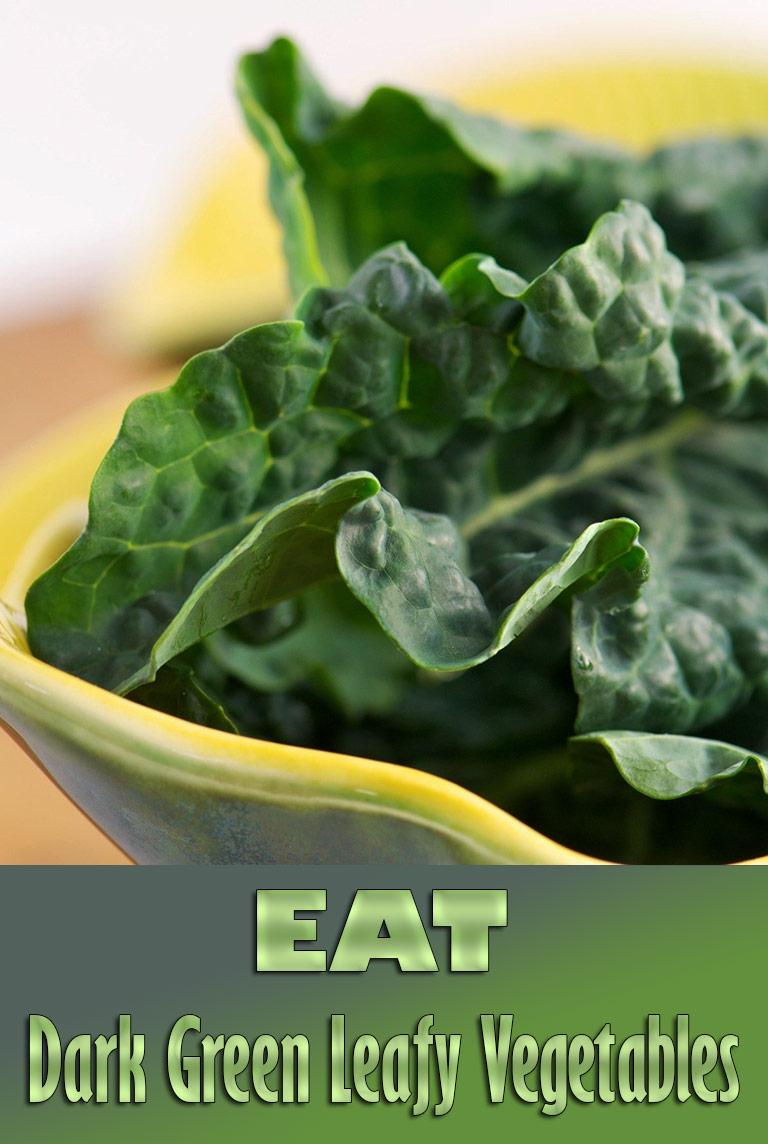
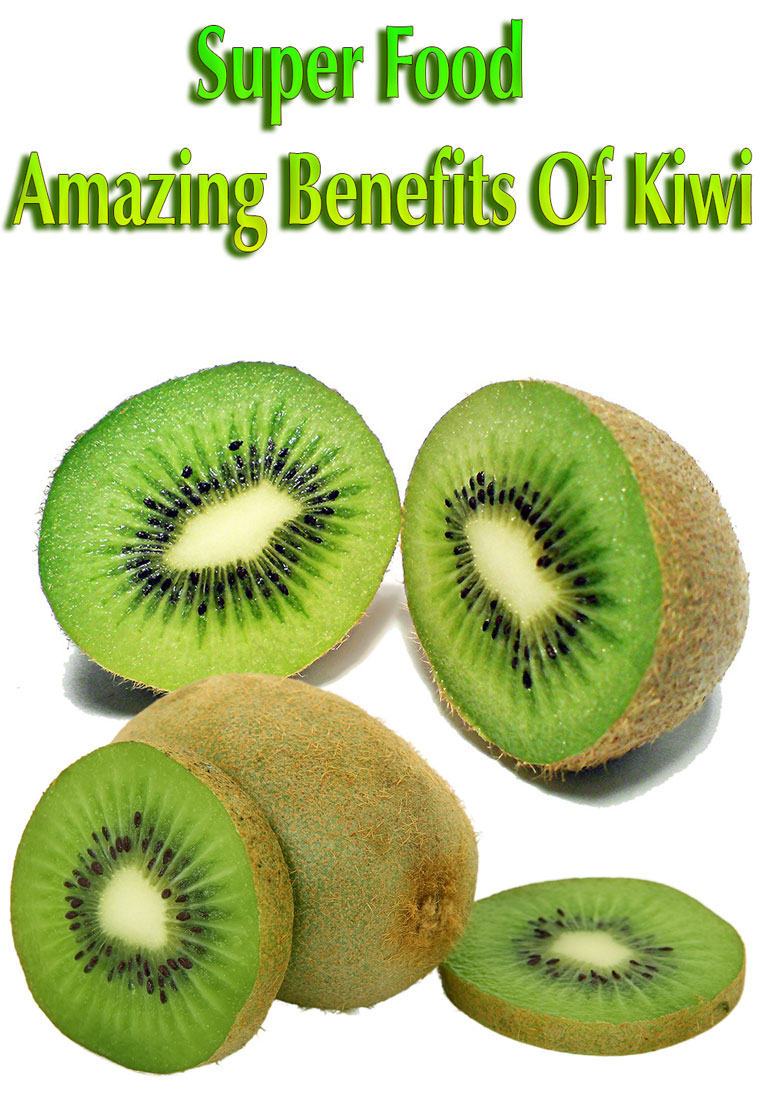
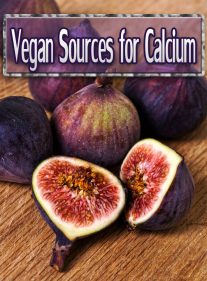
Leave a Reply